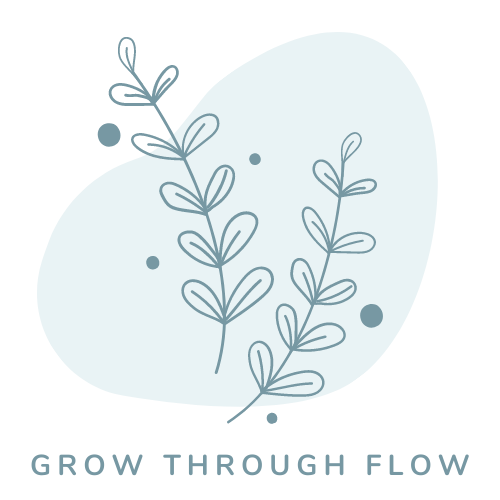From being stuck in traffic on your way to work, to receiving the unfortunate news that a family member is ill, challenging life events happen to us all. When this happens, the experience can bring up a host of emotions from frustration and worry to sadness and grief. If we don’t have the skills and process these BIG* emotions they can greatly affect the quality of our lives.
Toxic Positivity suggests that we should avoid negative emotions and have “Good Vibes Only”. Although this sounds great in theory, this outlook dismisses the full range of human experience. Leaving us feeling invalidated and without the proper skills to sit with what we are going through. But is there an alternative pathway?
The Broaden and Build Theory suggest that in order to live a good life, the balance of emotional experiences needs to be at least 3 positive to 1 challenging emotion. As you can see, challenging emotions are an important aspect of this ratio. When we experience challenging emotions we have the opportunity to experience tremendous personal growth and identify new purpose or meaning for our lives.
The R.A.I.N technique is a mindfulness practice that we can incorporate into our lives to help process emotions we have a hard time with. In today’s article, we are going to dive into the R.A.I.N technique and I’ll share how I have incorporated this wonderful technique in my practice as a Recreation Therapist and into my personal life as an Enneagram 7 who struggles with feeling the BIG feelings.
(*I like to use the terms BIG, challenging, or heavy instead of negative emotions to avoid labeling them as bad.)

What is R.A.I.N.?
R.A.I.N. is an acronym for a mindfulness technique that we can use when we experience BIG or heavy emotions. It is also a way in which we can awaken to our unconscious thoughts and behavioral patterns.
The term was first coined about 20 years ago by Michele McDonald, a renowned mindfulness teacher. In recent years it has been made a bit more mainstream by Tara Burch. Between different mindfulness teachers, the details of how to incorporate the RAIN technique may shift slightly. However, the overall core concepts remain the same.
What is important to remember is that throughout this process it is important that we weave compassion throughout. Self-compassion is a helpful framework that I suggest you look into if you don’t know much about it. Now that we have some background information, it is time to dive into the components of the R.A.I.N. technique.
The R.A.I.N Technique
R – Recognize what’s happening
You start the technique by recognizing when you are having an emotional response to something that happened. First, we become aware of the fact that something has shifted our thoughts, feelings, or behaviors. Then we see what reaction we came up in response. For instance, if someone makes a comment that downplays the importance of your work, what do you experience? It may trigger feelings of anger and frustration leading you to lash out and say reactive statements to whoever made you feel this way. Or it could make you feel isolated and dismissed when your inner voice begins to remind you of your “unworthiness”. This first step isn’t easy, but it is empowering when we are able to see what is going on below surface level.
A – Allow the experience to just be
Now that you have a pretty good idea of what has caused you to have an emotional reaction, it is time to create some space. Allowing the experience to be just as it is, can be the most difficult part of the technique. Letting our feelings simply be without trying to change what is going on internally or externally can be a daunting experience. It leaves us in a very vulnerable position that many of us do whatever we can to avoid/get out of it. If we can find a way to allow ourselves to just feel our feelings instead of fighting them, we will lose the grip they have on us and make space for investigation. The work you do in this step will ultimately empower you.
I – Investigate with compassion
It is time to put on our detective hats and focus our attention on the present moment. What are the factors that brought you to where you are emotional? What was the trigger event or catalyst that caused this emotional reaction in you? In order for this step to be successful, we must approach it with compassion. Compassion for ourselves and for others. If you begin to shame yourself for your actions or externalize the situation by blaming others, we, unfortunately, will not make any progress. When we investigate we do so with the grace that we are all humans who are learning and growing on this human journey.
N – Natural Awareness or Not Identify
The last part of the RAIN technique is more of a mentality than an actual step we need to take. It is the ability to separate our experience from who we are at our core. What we feel from what we are. We can feel angry without being an “angry person”. We can experience sadness without losing our purpose in life. The human experience is varied – full of mountain peaks and valleys. Having a natural awareness for this experience without identifying with all of its parts will help keep us tuned in to who we are at our core.
I hope this article provided a new technique for you to mindfully process BIG emotions.
I’d love to know in the comments below if you have used this technique before or if you plan on incorporating it into your life/work?

